NHL officials and the NHL Department of Player Safety have been wildly inconsistent all season. It’s nothing new in the world of sports to see a league get decisions wrong, but the consistent inconsistencies that have arisen this season in all walks of the game are laughable at best and its caused many to grow increasingly impatient and annoyed with how the league handles its affairs.
The most recent example of this can be found in the NHL deeming a hit that occurred late in the second period of the Boston Bruins vs Winnipeg Jets game to be not worthy of a suspension.
With roughly two seconds remaining in the second period, Jets’ defender Josh Morrissey bee-lined Bruins defender Matt Grzelcyk (who was in possession of the puck) and hit the Bruin from behind, forcing him to leave the game with an injury.
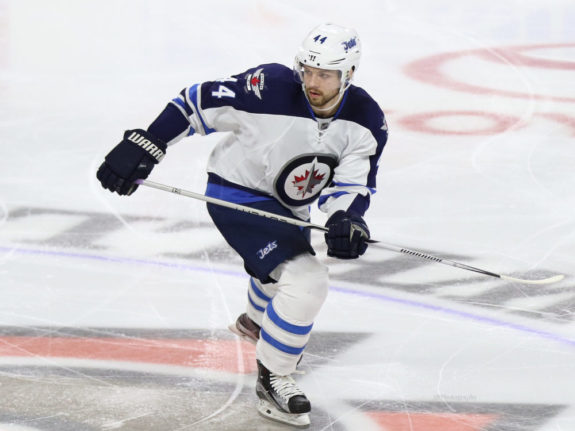
The NHL has deemed the hit to not be worthy of a suspension due to Grzelcyk making a quick turn to face the boards, putting himself into a vulnerable position “immediately prior or simultaneously with the check”
When watching the play in question, it’s clear that Grzelcyk does make a turn to try and avoid contact with Morrissey, who is skating full-steam ahead towards him with under two seconds remaining in the middle frame.
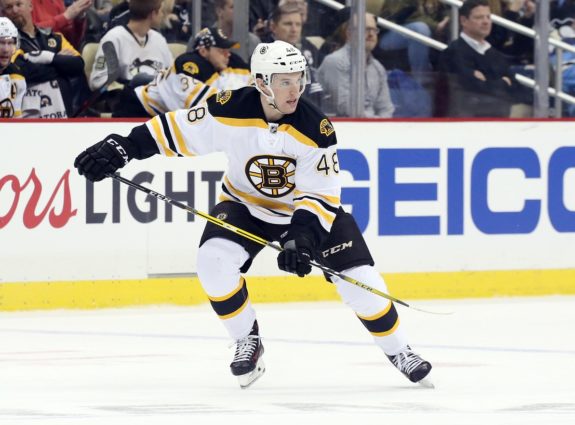
Morrissey then makes no intent to play the puck but rather steamrolls through Grzelcyk directly between the numbers on his back. To make matters worse, the Jets’ defender left his feet and was completely on top of Grzelcyk before the two ever hit the ice.
The call on the ice was a 5-minute boarding penalty against Morrissey, though no match-penalty was handed out.
Bruins Not Getting Help From NHL Department of Player Safety or On-Ice Officials
This has become somewhat of a trend for the Bruins in recent weeks. A few examples of this include Pittsburgh Penguins forward Patric Hornqvist’s hit to Charlie McAvoy’s head, which didn’t result in a suspension or even a penalty as well Brayden Schenn’s hit to David Krejci’s head – another play that wasn’t deemed worthy of a suspension.
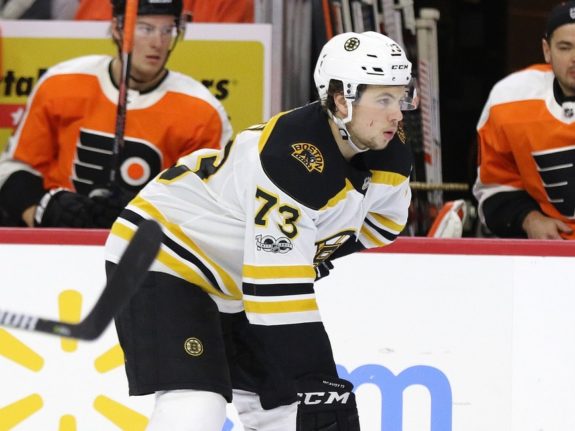
To flip the script, the Bruins have been on the wrong-side of discipline and suspensions for plays that probably didn’t merit any form of long-lasting consequence based on what the NHL has told the Bruins is permissible under league-rules.
An example of this would be the match-penalty for a check-from-behind that was assessed to David Backes on March 15 against the Florida Panthers.
For starters, Backes skating straight into Panthers’ forward Vincent Trocheck who had his head down (similarly to the McAvoy and Horqnvist incident, which as you may recall, did not end in a penalty) and who turned into contact. Backes did not hit Trocheck in the back and based on the NHL’s previous and future rulings, a player putting himself in a vulnerable position absolves the hitter from any discipline.
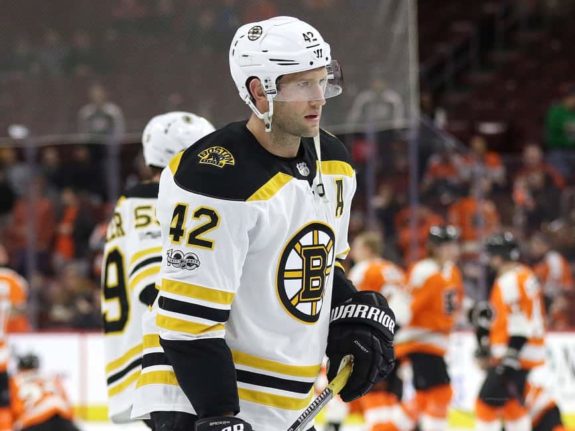
The hit was one that Backes thought was within the rulebook as well, something that he would mention following the game.
“It’s the kind of hit I’ve been doing for years, so if this is the new NHL, the new standard, then I hope I can have my old league back.”
Backes Was Suspended for Three Games
Going back just over a week earlier, Backes on the receiving end of a suspension from the NHL for a hit on Detroit Red Wings forward Frans Nielsen. Though Backes had never been fined or suspended in his prior 848 NHL-game career (which had included roughly 2,400 hits at that point), the NHL Department of Player Safety deemed this hit worthy of a three-game suspension.
Whether this was worthy of a suspension or not, it’s clear that a three-game suspension is excessive for a player who has no prior history in the NHL for making any such play. At the same time, the principle point of contact on the hit was Nielsen’s chest, though contact with the head was made due to the follow-through of the hit.
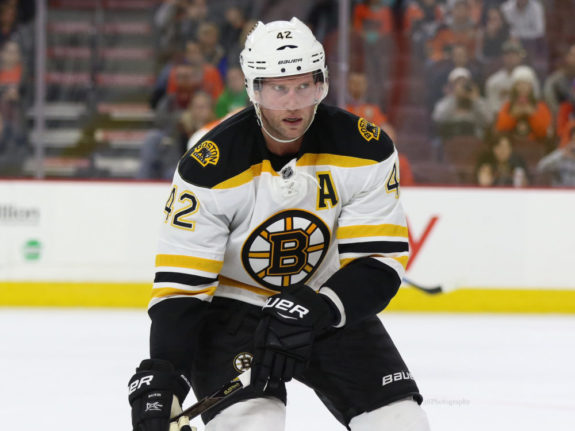
As the NHL would explain, Backes also made an effort to minimize the damage of the hit. Clearly, however, that wasn’t enough to lighten the consequences.
“While we acknowledge Backes’ attempt to contort his body in a way that might minimize the force of the hit, what results is a hit with substantial and forceful contact to Nielsen’s head.”
No Conspiracy Against the Bruins
All of these plays coming about within a few weeks of each other is frustrating. At the same time, however, it’s important to remember that the NHL isn’t intentionally looking to hit the Bruins hard with discipline while turning the other cheek when they’re on the receiving end of similar plays.
The NHL’s goal is player safety. While a string of bad calls such as these were put together within such a close time-frame to each other, a narrative was bound to arise. That narrative, however, shouldn’t go as far as to suggest that there is a conspiracy against the Bruins. After all, as the team has seen all season long, bad luck can rear its ugly head at the worst times.
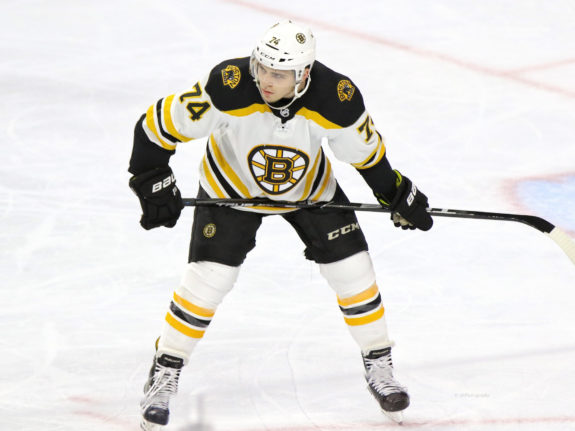
The Bruins have dealt with more significant injuries than any other team in the NHL and could potentially compete for the worst case of injuries in league history. With that said, most of these injuries came as a result of bad luck. Though many occurred within a similar time frame, there wasn’t some underlying factor that made this possible.
To tie those two points together, just because the NHL’s on-ice officials and Department of Player Safety haven’t helped the Bruins in any way in recent weeks, the fact that so many of these plays have occurred around the same time shouldn’t immediately lead to a conspiracy narrative, especially when other teams in the league have also had issues with the NHL this season.
What it should lead to, however, is the NHL realizing that this has become a trend while working to fix it. Similarly to the way the league has tried to work on goaltender interference.
The NHL cannot afford to make so many mistakes when it comes to player safety. Ruining the integrity of the game with poor calls such as goalie interference and offside calls is one thing. Putting players at risk of injury is a whole other animal entirely.